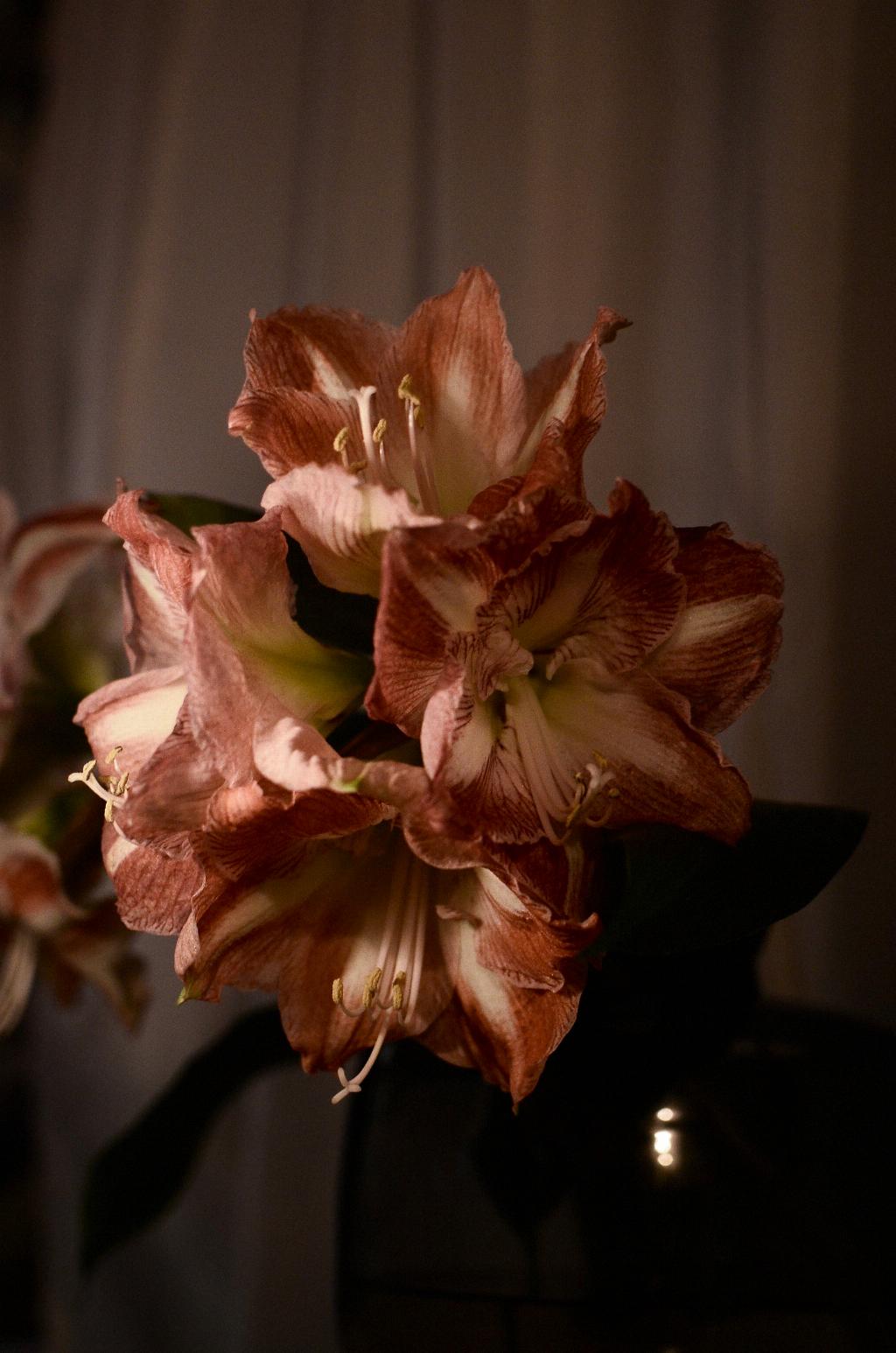When it comes to planting amaryllis bulbs outside, timing is key. The ideal time to plant these vibrant flowers is when the soil temperatures reach around 70°F. This typically happens in late spring or early summer, making it the perfect window of opportunity to get your bulbs in the ground.
Checking the Soil Temperature
An essential step in determining when to plant amaryllis bulbs outside is to check the soil temperature. This can be done using a simple meat thermometer. Stick the thermometer into the ground and allow it to sit for about five minutes. After that, you can check the temperature to see if it has reached the optimal 70°F mark.
Post-Frost Planting
Planting amaryllis bulbs outside should be done after the last frost has passed. This will ensure that the bulbs have the best chance of thriving in their new outdoor environment. Waiting until after the last frost will protect the bulbs from any potential damage that frost can cause.
Prepping the Planting Site
Before planting your amaryllis bulbs outside, it’s important to properly prepare the planting site. Choose a location that receives ample sunlight and has well-draining soil. Make sure to remove any weeds or debris from the area to provide a clean and healthy environment for your bulbs.
Digging the Planting Holes
When it comes time to plant your amaryllis bulbs outside, be sure to dig the planting holes to the appropriate depth. The holes should be about 6-8 inches deep, allowing the bulbs to be nestled comfortably in the soil. Spacing the bulbs about 8-10 inches apart will give them room to grow without overcrowding.
Planting Depth and Orientation
When placing the bulbs in the planting holes, it’s essential to pay attention to the planting depth and orientation. The pointed end of the bulb is the top and should be facing upwards, while the flat end goes at the bottom. Cover the bulbs with soil, leaving the tops exposed to the sunlight.
Watering and Care
After planting your amaryllis bulbs outside, be sure to give them a good watering to help them settle into their new home. Water the bulbs thoroughly and continue to provide regular watering throughout the growing season. Regular feeding with a balanced fertilizer can also help promote healthy growth and blooming.
Protecting from Extreme Weather
While amaryllis bulbs are hardy plants, they can still be sensitive to extreme weather conditions. In the event of excessive heat or heavy rainfall, consider providing some shade or shelter for your bulbs. This will help protect them from any potential damage and ensure they continue to thrive.
Monitoring Growth and Development
As your amaryllis bulbs begin to grow and develop, keep a close eye on their progress. Monitor the plants for any signs of pests or diseases, and take prompt action if needed. Regularly deadheading spent blooms can also help encourage new growth and prolong the flowering season.
Harvesting and Storing Bulbs
When the flowering season comes to an end, you may want to consider harvesting and storing your amaryllis bulbs for the following year. Allow the foliage to die back naturally, then carefully dig up the bulbs and brush off any excess soil. Store the bulbs in a cool, dry place until it’s time to plant them again.

Enjoying the Fruits of Your Labor
After all your hard work and dedication to planting and caring for your amaryllis bulbs outside, it’s time to sit back and enjoy the beautiful blooms that follow. Take a moment to appreciate the vibrant colors and delicate petals, knowing that your efforts have paid off in creating a stunning outdoor display.
